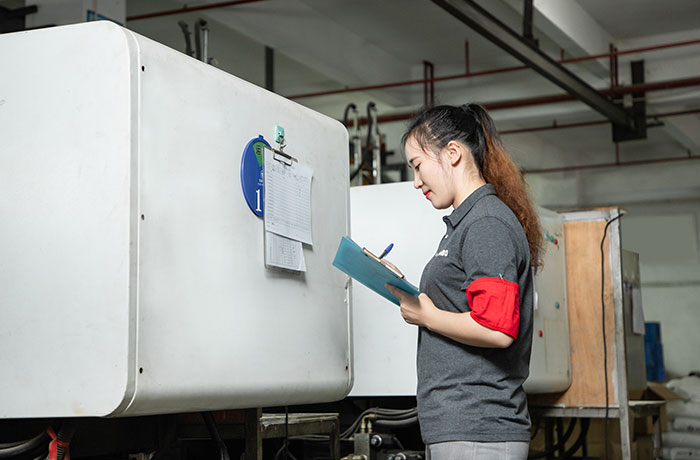Mixture Calculation---
NO Degraded Material
Shall Be Used.
To achieve the desirable performance of the plastic, we choose different raw materials based on our thorough understanding of the characteristics and effects of specific materials.
PP: Lightweight, high chemical resistance, scratch resistance;
ABS: Strong, flexible, low mold shrinkage;
PC: Tough, temperature resistance;
Besides, common materials we use include PA66,PA6, PC/ABS,PA66+GF+UV, PP+GF+UV, RYTON, PPS, PE, PMMA, PBT, etc.
Contact us to get better material within your budget.
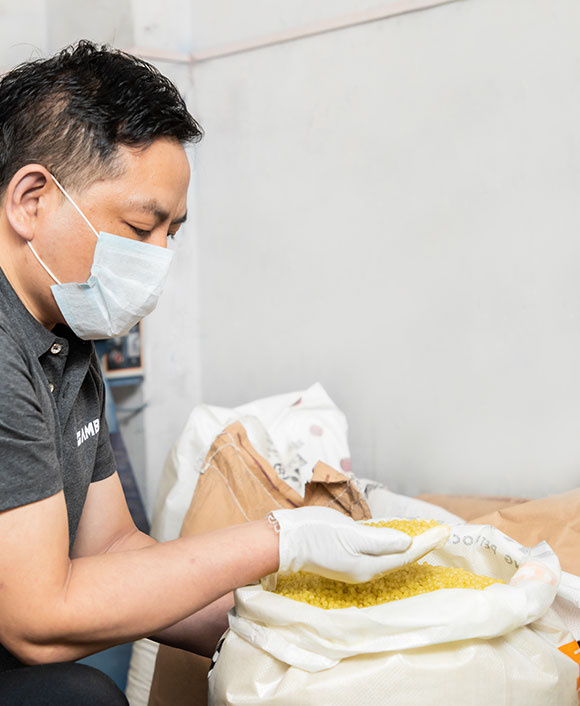
Injection Molding Step by Step
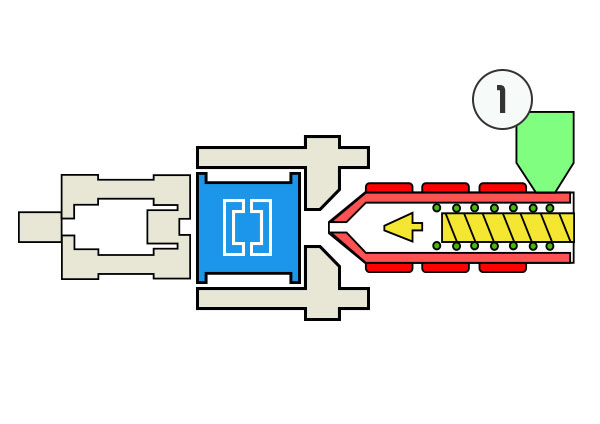
Step 1: Pellets Feeding
Proper calculated materials, usually in the form of pellets, are fed into the injection molding machine, and advanced towards the mold by the injection unit. During this process, the material is melted by heat and pressure.
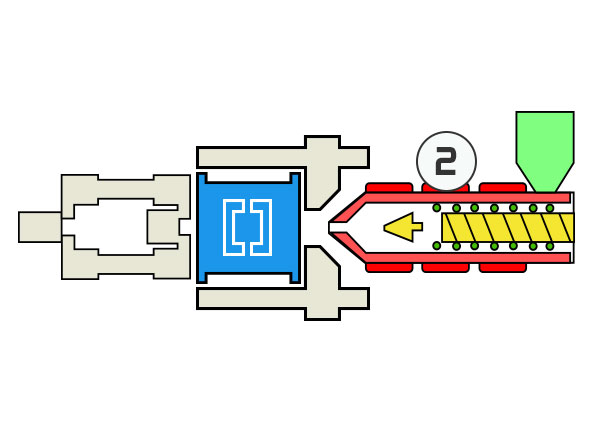
Step 2: Melted
The molten plastic is then injected into the mold very quickly and the buildup of pressure packs and holds the material.
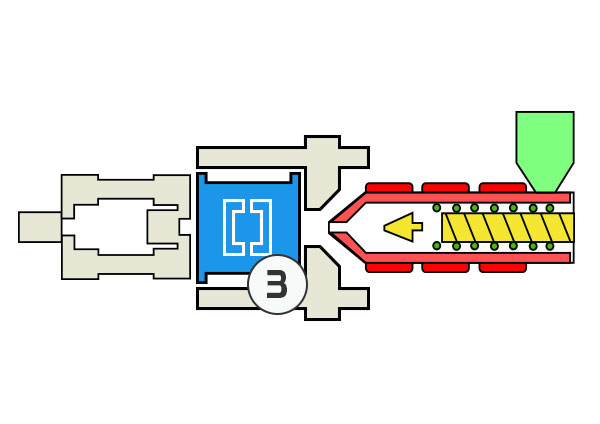
Step 3: Injection
When the molten plastic resin is injected into the designed mold cavity, it begins to cool as soon as it makes contact with the interior mold surfaces and your designed plastic parts take their final shape at this stage. An impeccable product is made possible with a prefect mold design from the very beginning.
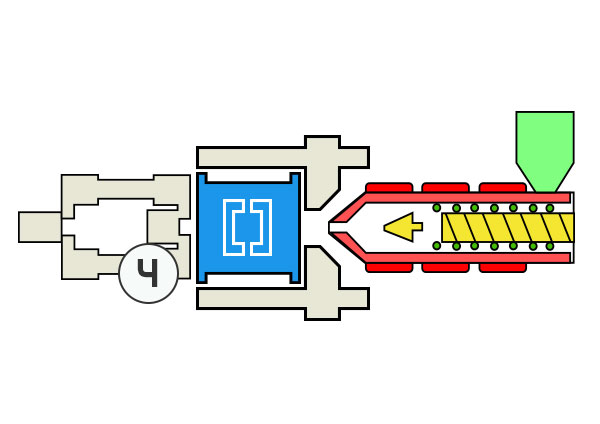
Step 4: Ejecting
After sufficient time has passed, the cooled part may be ejected from the mold by the ejection system, which is attached to the rear half of the mold. When the mold is opened, a mechanism is used to push the part out of the mold.
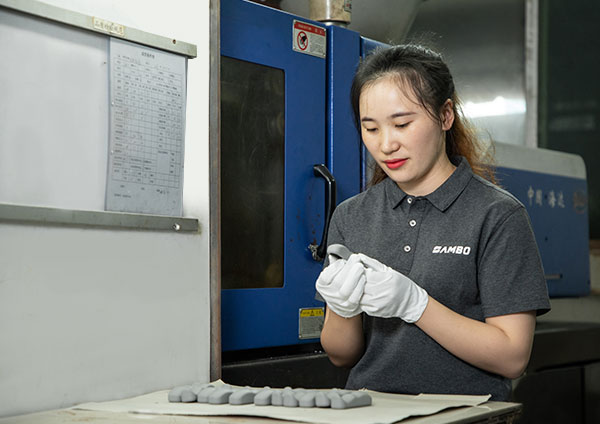
Step 5: Checking
With the help of automated manipulators, we reduced the time our workers needed for opening and closing the door. They inspect the plastic parts visually before packaging.
Automated Production
is not Enough.
We know it is critical to use highly automated machines to reach high-volume productivity, while an inspection tour is also neccesary to prevent a machine malfunction and material wastes.
Our injection workers will check the machines and the plastic parts every 2 hours.
Once a problem is detected, we will shut down the machine immediately to have a full examination and analysis.
